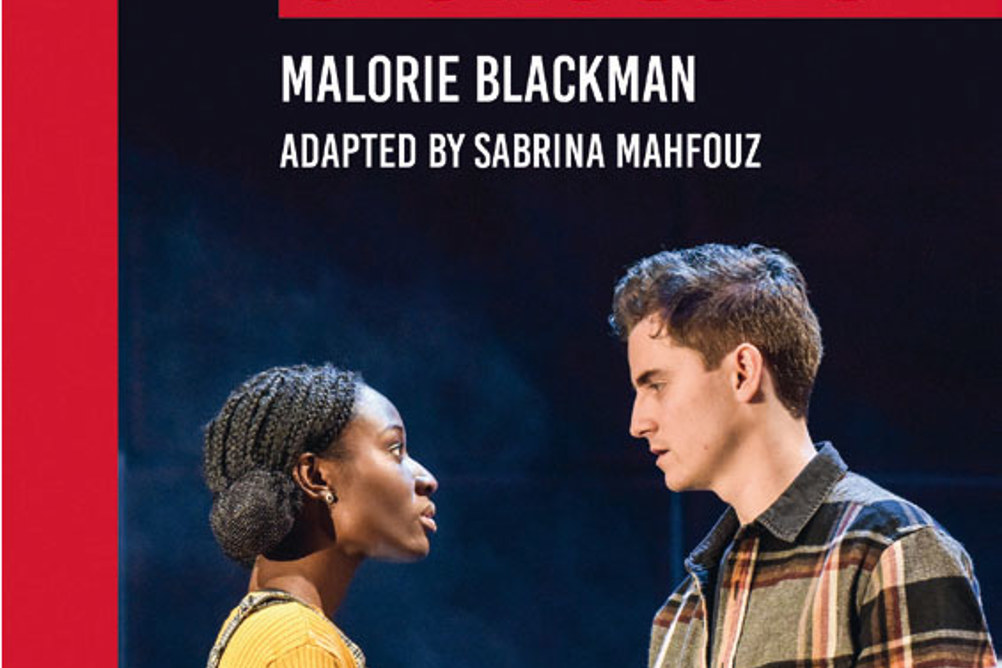
This edition is Sabrina Mahfouz's adaption for stage of Malorie Blackman's much-celebrated novel of the same name, which then became a book series, and has recently been adapted by the BBC for their lavish production.
For the few who don't know the plot, this highly popular start to the trilogy was loosely inspired in part by the doomed love-affair premise of Romeo & Juliet and is set in an alternate racially segregated society.
The dates are not specified, but there are many similarities that suggest it being a parallel world, but here it is the Black characters – the ‘crosses’ – who are viewed by society to be the superior race, holding all the privileges and having all the opportunities afforded to them.
Register now to continue reading
Register to the Drama & Theatre website today and gain access to all the latest news and developments from the world of drama education.
By registering you will receive:
-
Free access to 4 subscriber-only articles per month
-
Unlimited access to news and opinion on our website
Already have an account? Sign in here
